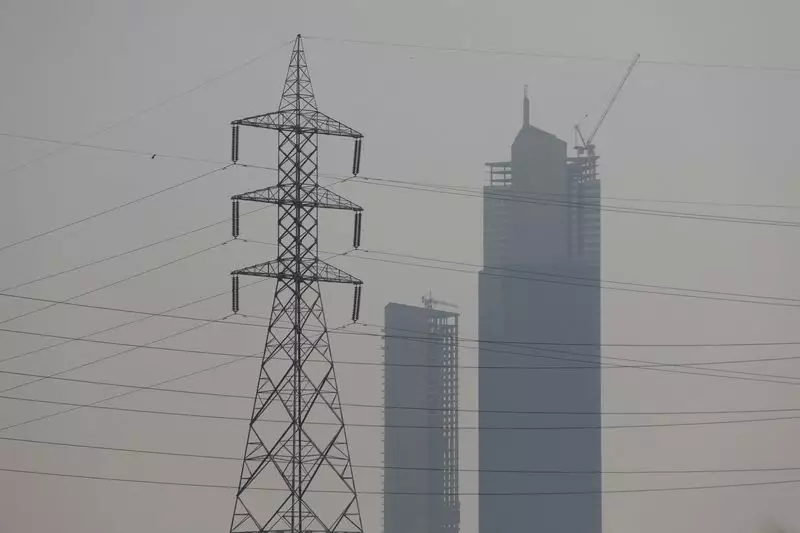In a bold initiative to rejuvenate the economy during the winter months, Pakistan’s government has announced a reduction in electricity tariffs. The decision, articulated by Power Minister Awais Leghari, aims to stimulate consumer demand and diminish reliance on natural gas for heating. Historically, the energy landscape in Pakistan has faced volatility, with sudden price hikes often dictating the financial burden faced by both ordinary citizens and enterprise sectors alike. This strategic adjustment comes against the backdrop of guidance from the International Monetary Fund (IMF), which has frequently urged reforms to stabilize the nation’s economy.
The necessity for such a measure becomes clear when considering that many utility services have had to scale back operations as winter demand plummets by nearly 60% from the summer peaks. This not only leads to financial strain on energy providers but also affects economic productivity at a pivotal time in the year when industry typically seeks to maximize output.
The government plans to implement the lowered tariffs from December 2024 to February 2025, offering what is expected to be significant financial relief to businesses and households. Minister Leghari expressed optimism, suggesting that cheaper electricity will encourage households and industries to increase their consumption. As many citizens turn to alternative and less efficient heating methods—such as gas and wood—this reduction aims to redirect demand back to the electrical grid, providing both environmental and economic benefits.
Moreover, the need for transitioning to more sustainable energy sources is becoming increasingly urgent. With an alarming decline in power consumption reported at 8-10% over the previous three quarters, the tariff cuts could potentially aid in reversing this trend. The expectation of an economic rebound is encouraging, with projections indicating an annual demand growth of 2.8% over the next decade.
Leghari estimates that the tariff reduction could lead to an overall decrease of 7-8% in electricity costs for industries, a move that would directly support industrial growth. By lightening the financial burden on production facilities, the government hopes to promote job creation and invigorate various sectors of the economy, most notably manufacturing and services.
The government’s approach does not stop with tariff reductions. Ongoing discussions with development partners aim to rationalize power tariffs, manage power sector debts responsibly, and reevaluate the overall taxation structure within electricity bills. This comprehensive strategy seeks to foster an environment conducive to the adoption of electric vehicles and other clean energy initiatives, thereby tackling critical issues like air pollution.
Pakistan’s decision to cut electricity tariffs during the winter season presents a multifaceted strategy intended to bolster economic activity while addressing pressing energy consumption issues. As the nation embarks on this pilot initiative, the collaboration with the IMF and various development partners could be instrumental. By creating an efficient energy market, fostering industrial progress, and pushing forward with eco-friendly initiatives, Pakistan aims to define a new trajectory for its economic future. The ensuing months will be crucial in determining the exercise’s success and its long-term implications for the country’s fiscal health and ecological sustainability.

